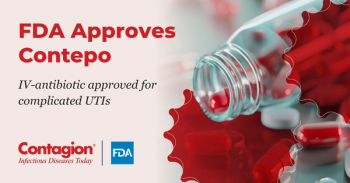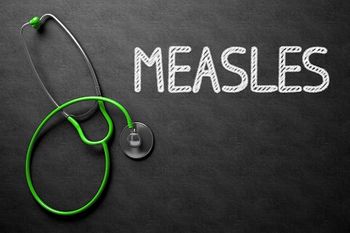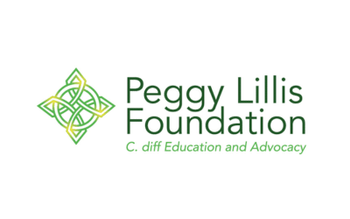
WHO Releases First-Ever Essential Diagnostics List: Special Public Health Watch
With limited access to state-of-the-art technology in much of the world, the organization hopes the new list will draw attention to the importance of diagnostics.
Hippocrates once wrote, “Correct is to recognize what diseases are and whence they come…”
Unfortunately, for much of the world, this is easier said than done. Why? Well, even though we live in an age of advanced diagnostic technologies, access to these resources is undoubtedly beyond the financial reach of most of the developing world; furthermore, in the developed world, funding for expanded availability for these vital tools is too often given low priority.
The World Health Organization (WHO), however, is attempting to bring long overdue attention to the importance of investment in diagnostic testing with its first-ever “
“An accurate diagnosis is the first step to getting effective treatment,” WHO Director-General Tedros Adhanom Ghebreyesus, MD, said in a
Notably, the first “Essential Diagnostics List” focuses primarily on in vitro tests. For HIV, for example, the list includes the antibodies to HIV-1/2 (or so-called “anti-HIV”) test, the combined HIV antibody/p24 antigen (anti-HIV/p24 Ag) test, qualitative virological or quantitative virological testing, CD4 cell enumeration, and the Cryptococcal antigen test.
Much like the WHO’s “Essential Medicines List,” which the organization has been publishing for more than 40 years, the new list is “intended to serve as a reference for countries to update or develop their own list of essential diagnostics,” according to the press statement. The organization added that, “In order to truly benefit patients, national governments will need to ensure appropriate and quality-assured supplies, training of health care workers, and safe use.” In releasing the list, the WHO has offered to “provide support to countries as they adapt the list” to their specific needs.
The WHO began the process of developing the “Essential Diagnostics List” in response to an advocacy campaign led by clinicians and researchers at McGill University in Montreal, Canada, the University of Michigan, the Global Health Technologies Coalition (GHTC), and the Foundation for Innovative New Diagnostics (FIND), among others. These organizations and institutions argued that WHO action was needed to close “global gaps in access to diagnostic tools” and assist nations “in procuring diagnostics needed to enable safe and appropriate use of essential medicines.” According to GHTC, lack of resources means that many low- and middle-income countries don’t have access to optimal diagnostic services.
“There’s been a lot of anticipation about the publication of this list for quite some time,” Jamie Bay Nishi, GHTC director, told Contagion®. “If you think about health-system strengthening, diagnostics is a very important piece of that equation… We hope that those involved in the research and development of diagnostics will see it as a guide as to where the needs are.”
The WHO has stated that the “Essential Diagnostics List” will be updated annually and, ultimately will include testing equipment/services for a “broad, comprehensive spectrum of disease.” Later this year, the organization will issue a call for applications for the addition of new test categories for the second installment of the list, to be released in 2019.
The GHTC’s Nishi noted that the first installment likely focused on areas in which the WHO “had evidence of higher disease burden,” but that future iterations would likely focus on new disease states, including those caused by antimicrobial-resistant bacteria and the infamous “disease X”—the as-yet-unknown pathogen that has been included on the organization’s “
Advocacy organizations such as GHTC are hoping that the new list serves as a de facto “market incentive” for companies involved in the research and development of new diagnostics, according to Nishi, and more importantly as a reminder to countries about the importance of investment in diagnostic laboratory infrastructure.
“If the WHO is prioritizing diagnostics and seen supporting the work of national governments as they build out their infrastructure, we should see increased investment in diagnostics across the board,” she said. “And it’s important to note that this is just the first stage of the list.”
Brian P. Dunleavy is a medical writer and editor based in New York. His work has appeared in numerous health care-related publications. He is the former editor of Infectious Disease Special Edition.
Newsletter
Stay ahead of emerging infectious disease threats with expert insights and breaking research. Subscribe now to get updates delivered straight to your inbox.

































































































































































































































































































